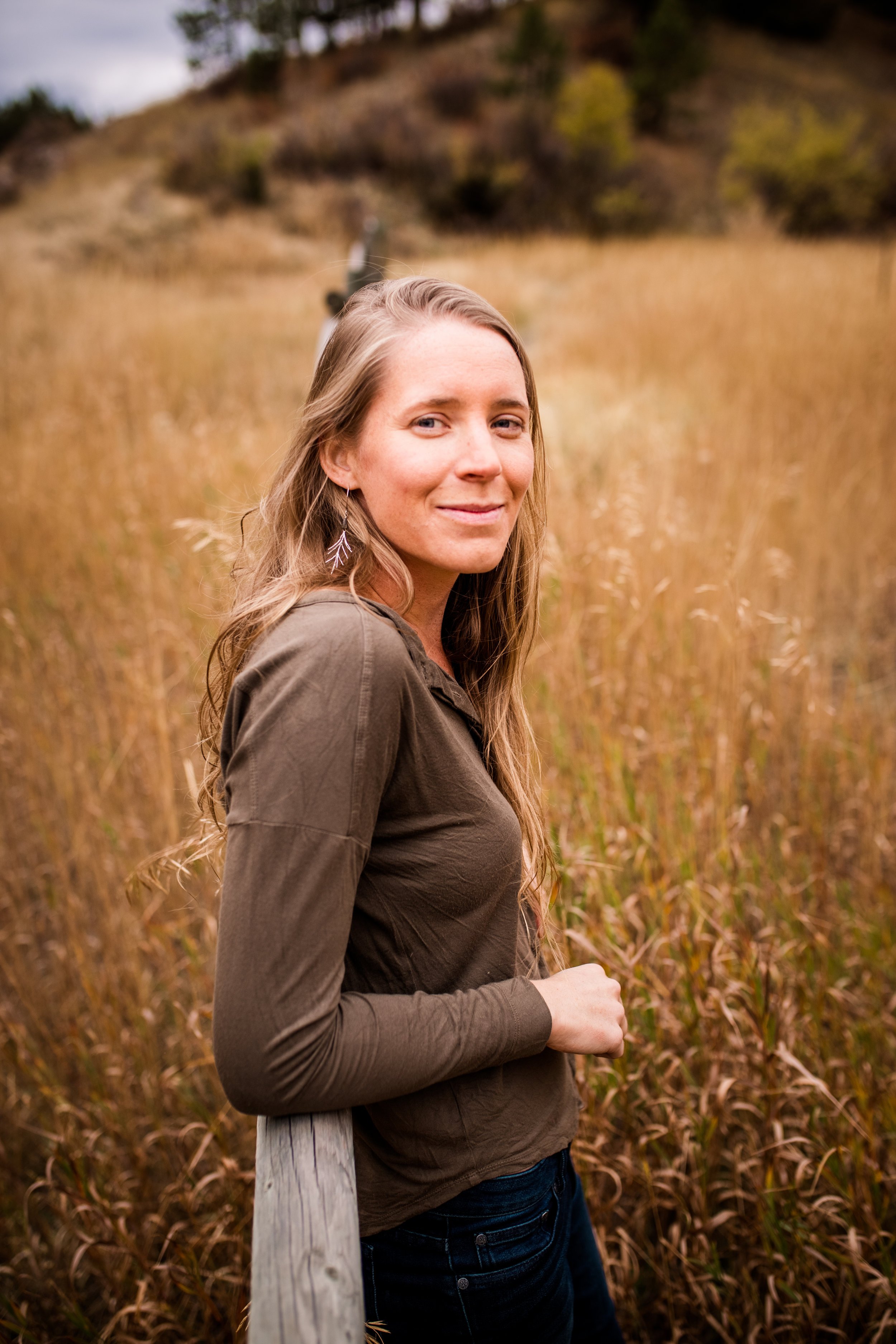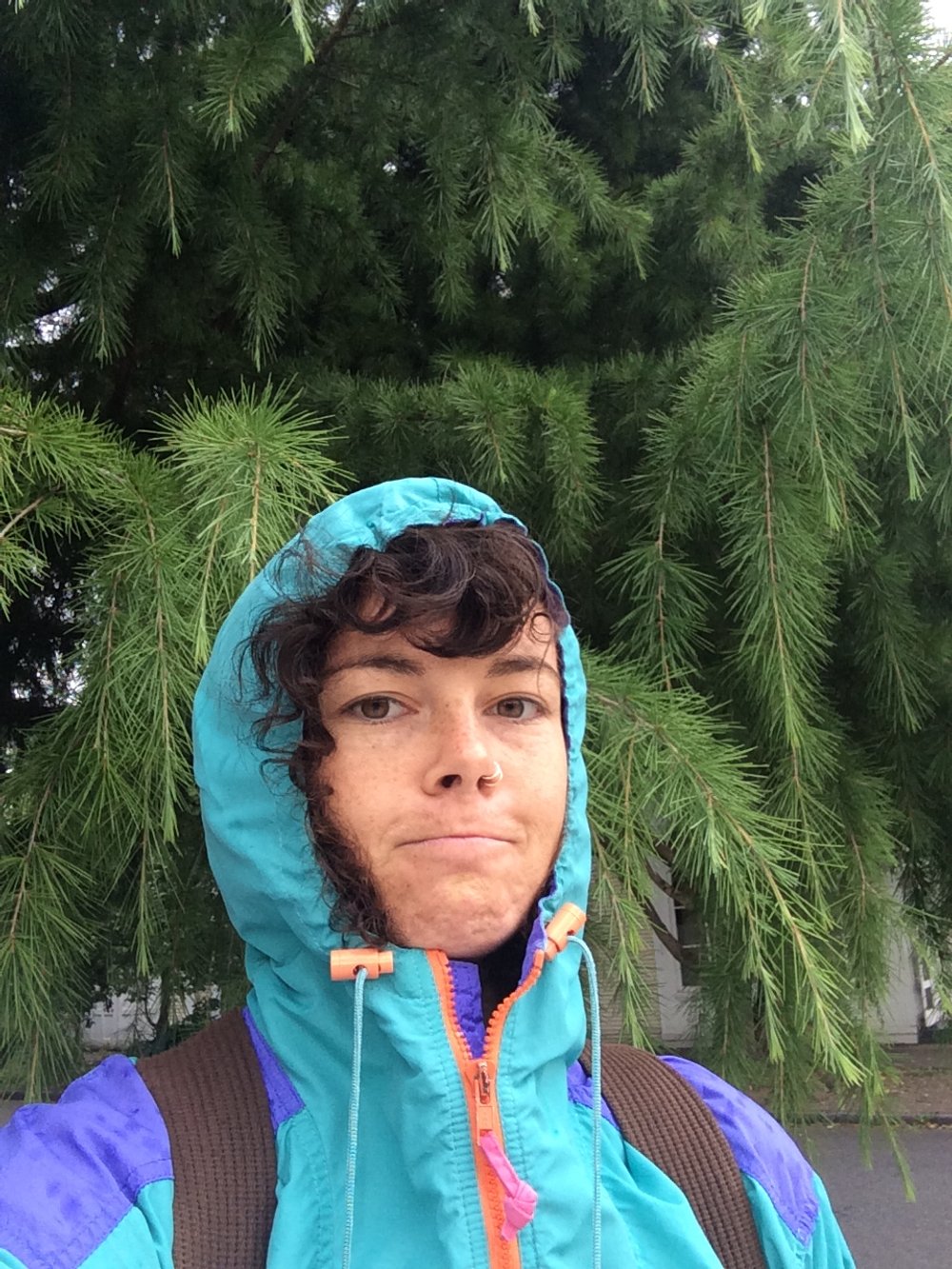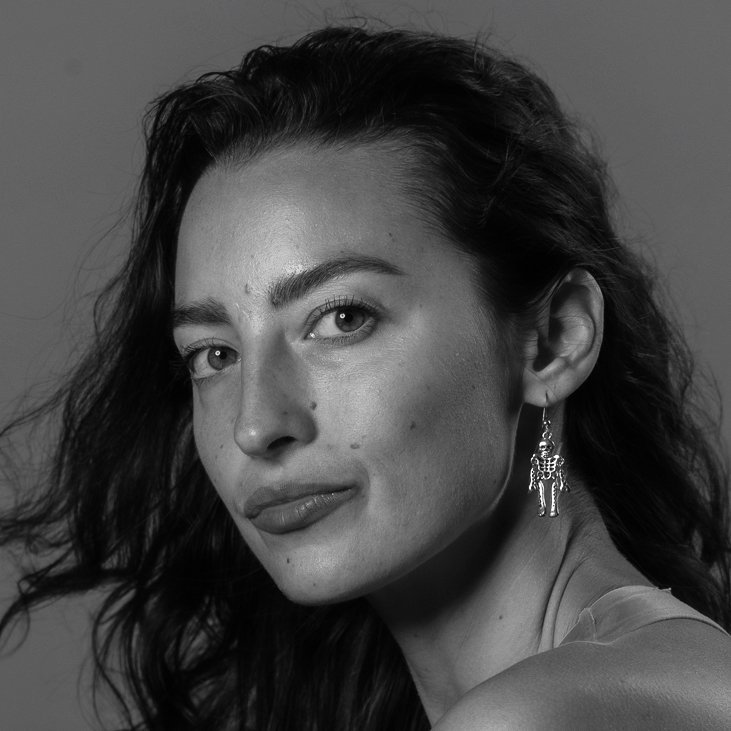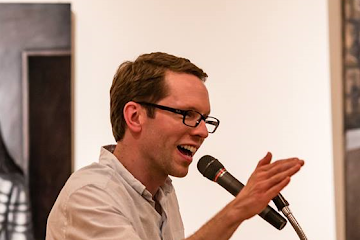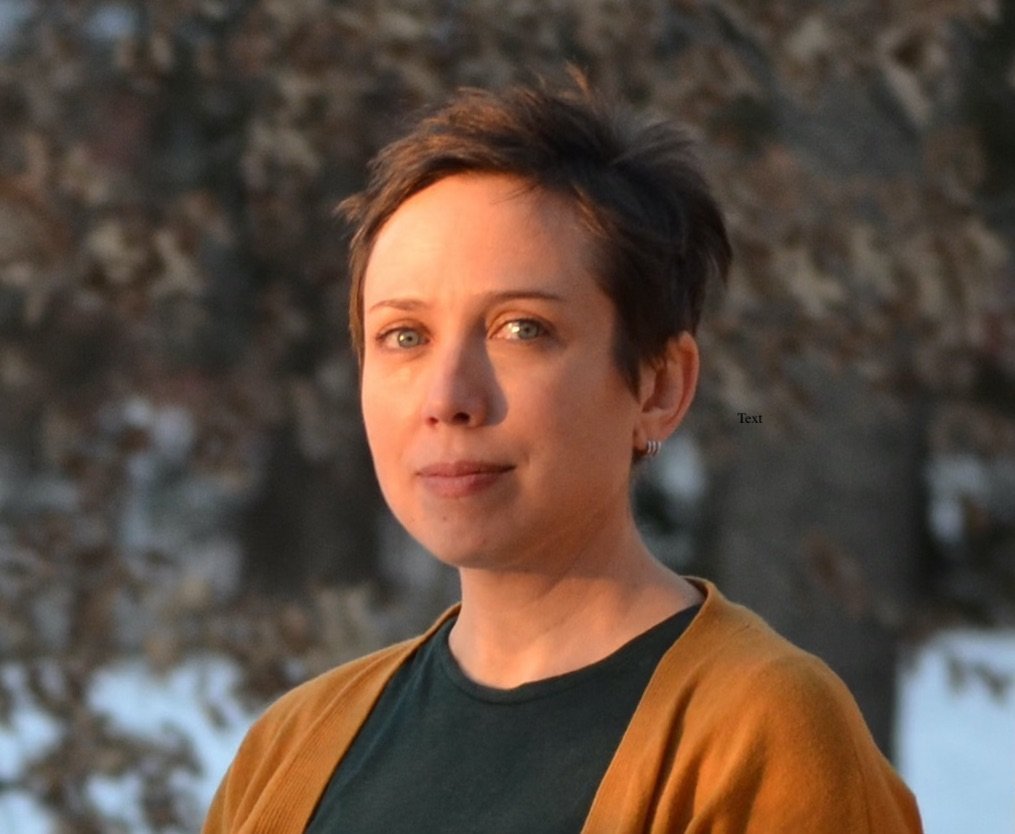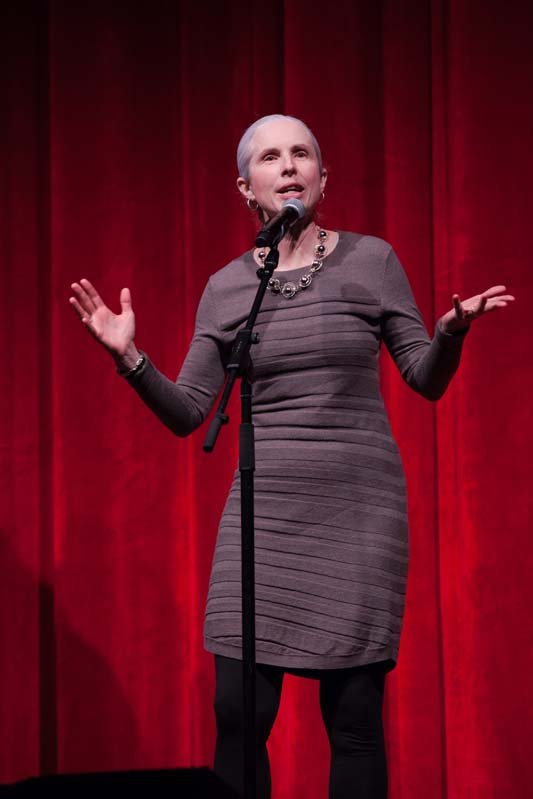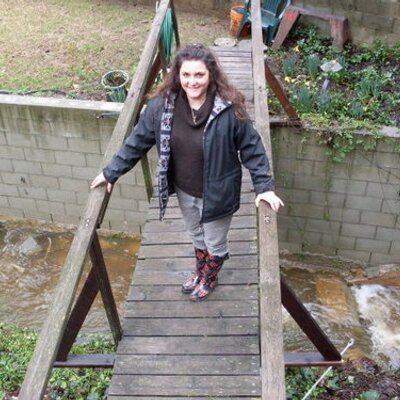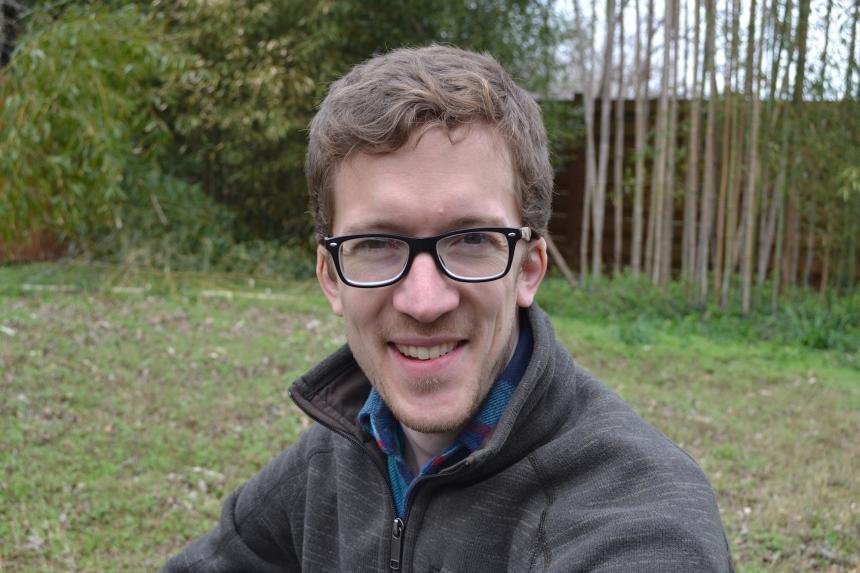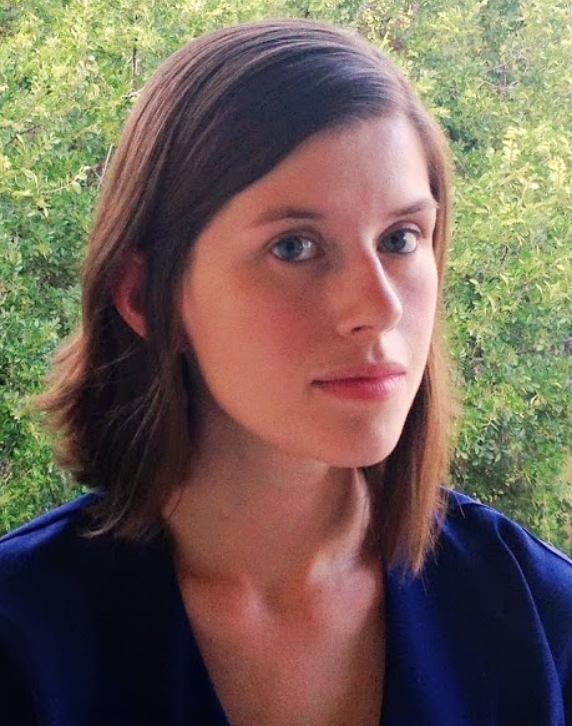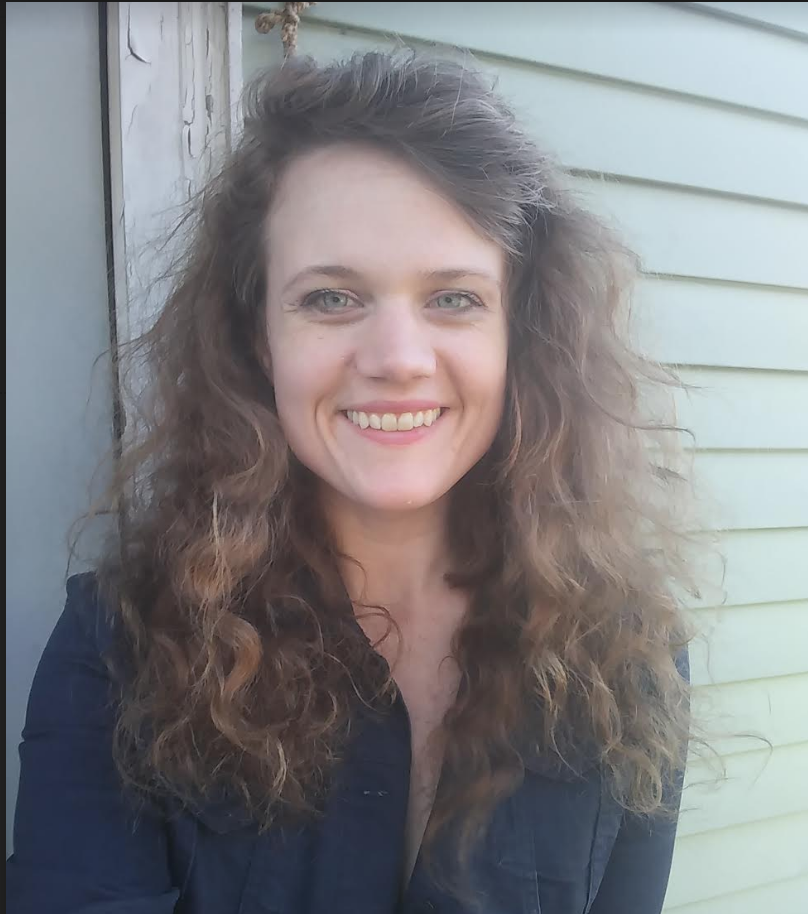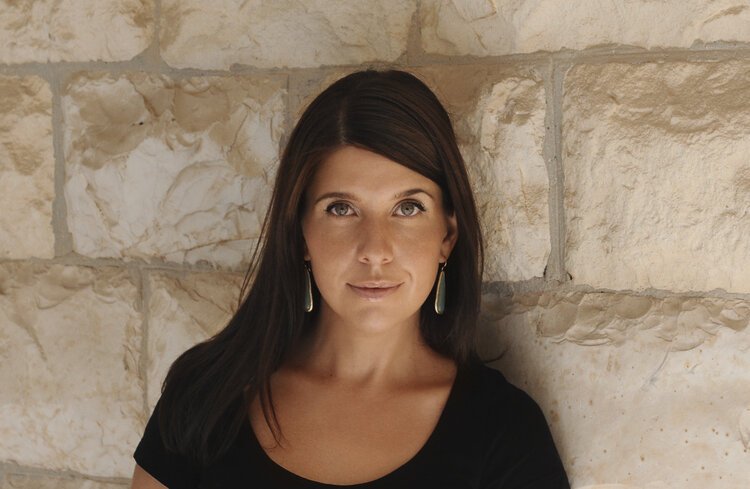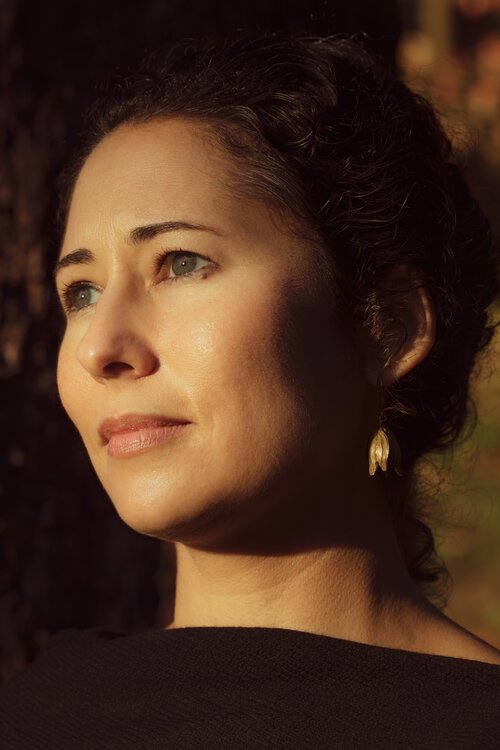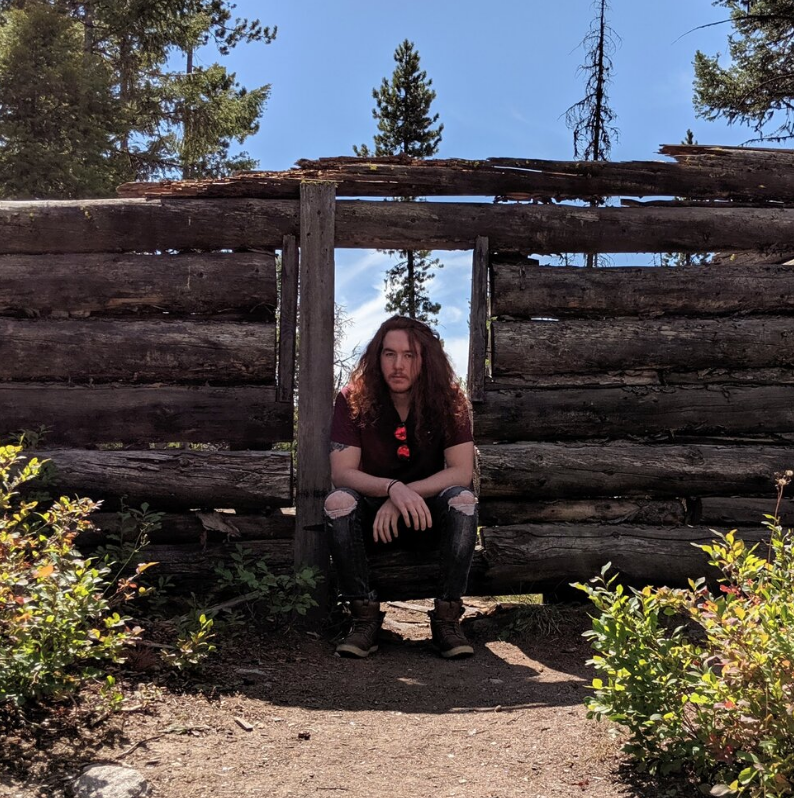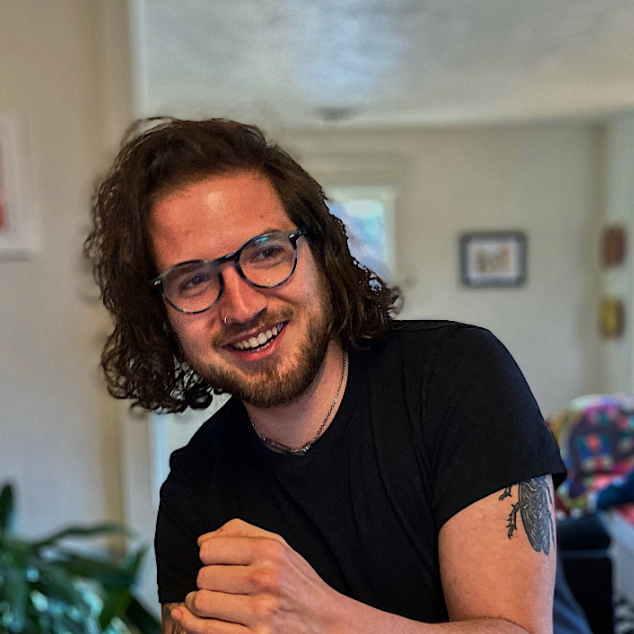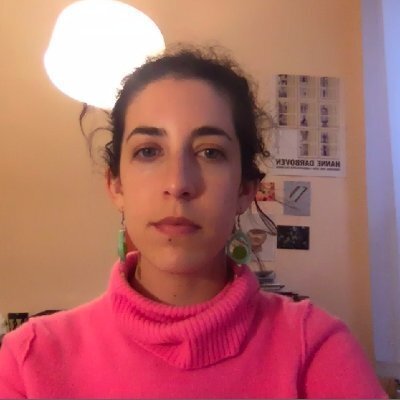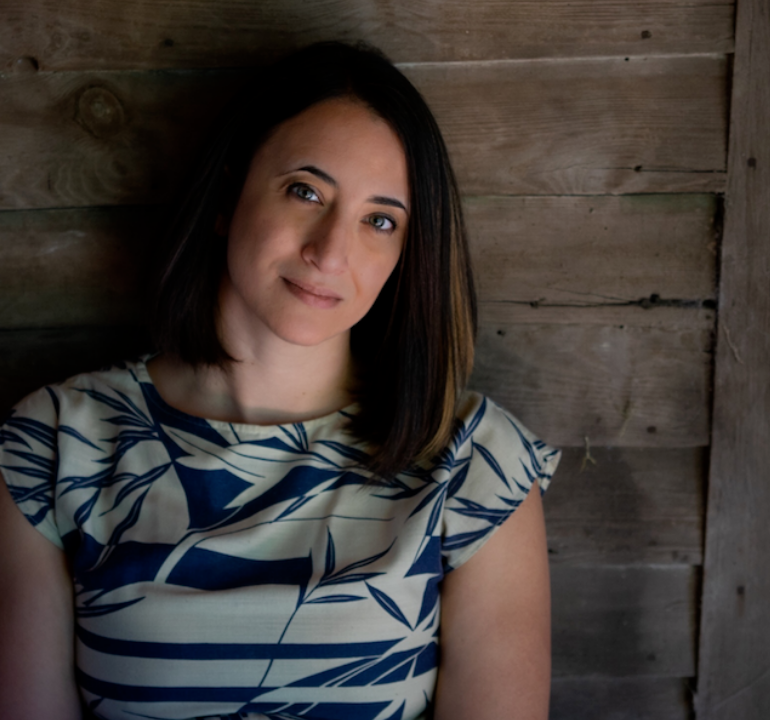Lessons in Self-Transformation: A Conversation with Heather Cahoon
by Suzanne Garcia Pino
Heather Cahoon’s second collection of poems, Horesefly Dress (University of Arizona Press 2020), is a singular work of vivid prose exploring timeless themes of origin, place, and powerlessness. I was introduced to Cahoon’s work at the 2019 Montana Book Festival, where she was a featured panelist and was immediately intrigued by her deft and gracious ability to decentralize common assumptions concerning place and time. As such, I was very excited to sit down with Heather this summer to have a casual discussion about craft, work, life, and whatever else seemed pertinent. I followed-up that conversation with formal written questions for Heather about her new collection:
Suzanne Garcia Pino: In Horsefly Dress’s eponymously named first poem, you write, “Brace for all that’s wrapped into a name.” What for you, is wrapped up in the name Horsefly Dress?
Heather Cahoon: Intertwined with the name Horsefly Dress are Séliš and Qĺispé beliefs and worldview; as I say in the poem, Horsefly Dress is “the embodiment of belief.” It was only several years ago that I first heard of her, and I immediately wanted to know more so I began searching for her in our stories. After a few years, I had located, read, and listened to more of our oral traditions than I ever had before and quite unexpectedly I realized that a primary message in the stories related to how we can pass through our times of suffering. Another related theme in the stories is rebirth. A lot of the stories are full of death and rebirth, death and rebirth and pretty soon we see that life is a series of small and large deaths and rebirths, both real and metaphorical, and that each one is an opportunity for personal transformation, a chance to overcome every weakness or challenge that we face.
SGP: Some of these poems are written in decentralized structures, some in stanzas, while others, namely the dream sequences, are written within square and rectangular frameworks. How do you determine what forms your poems will have?
HC: I think the poems sort of choose their own form. I always start by writing out each poem with pen on paper and later transfer it to my computer. Almost always, the form as it was first written out remains unchanged and feels right, or finished. I do sometimes struggle to find the shape a poem seems to want to settle into, and I have to try several different forms and repeatedly rework the poem until it feels and looks right. Occasionally, I’m unable to find the right form and a poem seems trapped or confined by each one I try. There are two poems in Horsefly Dress—“Méstm̓/Lʔéw” and “Ode to Pulia, Every Mother”—whose form still does not feel like a good fit to me. In the end, my poet friend dg okpik suggested I just give each line of both poems more breathing room on the page and leave it at that, which is what I did in the end.
SGP: You are a member of the Confederated Salish and Kootenai Tribes, and a descendant of Horsefly Dress, the daughter of Coyote and Mole. You are an Assistant Professor of Native American Studies at the University of Montana. You are a wife, a mother, a daughter, sister and friend. How do these many dimensions work their way into your poems?
HC: I think that so many of the poems are so personal that there’s no way these various dimensions of my life wouldn’t be represented. That said, there are aspects of my life and identity that are not represented in Horsefly Dress, mostly because you need to have common-themed poems to comprise a coherent collection. Many of the “outlier” themed poems I wrote during the period I was working on Horsefly Dress made it into another manuscript—my revision of my 2005 chapbook, Elk Thirst, which is much more eclectic than Horsefly Dress.
SGP: In the poem Rescue you ask, “What becomes of the changes we attempt to will into existence?” This question seems important. (thoughts?)
HC: This poem was partly inspired by a scene from my friend Kevin Kicking Woman’s play, “The Sun as My Witness,” which scene is described in the first stanza of the poem. It reminded me of a similar faith-testing event in my own life where the emotional stakes were very high and the outcome sorely disappointing at the time. The question reaches deeper into the complexities of these circumstances to ask how these instances of literal unanswered prayers impact us going forward.
SGP: Horsefly Dress ends with the poem Rebirth and the Almost Moon. It is a near tragic story of when Coyote’s and Antelope’s sons steal the moon but die doing so. In the end a deal is struck, the moon is returned, and Coyote’s sons are returned to him. Why did you choose this to be your last poem?
HC: I wanted to end on the theme of rebirth, especially as it relates to suffering. The last several poems are centered on the idea of personal transformation as a form of rebirth. As I said earlier, the concept of rebirth is prevalent in many of our oral traditions. A lot of the stories also seem to help normalize the idea that suffering is not only a natural part of life but that it can in fact serve a higher purpose. For example, it is oftentimes only as we work through our suffering that we are able to acquire the skills necessary for coming out the other side of the experience. In a metaphorical sense, this kind of personal transformation constitutes a rebirth into a new state of being that can no longer be aggrieved by the very thing that previously caused us to suffer. In the stories, these “things” are literally referred to as naɫisqélixʷtn, or people-eating monsters, because they threatened to consume or gravely harm us. Today, these monsters can also take the form of things like heart-break, addiction or self-doubt. The stories show us that we can play a very active role in disarming the things that threaten to consume or destroy us, and we can do this through our ingenuity, perseverance, and being open to listening and learning from the lessons of those who came before us. I think it can be very helpful and empowering to contextualize our experiences of suffering in this way, as an opportunity for self-transformation instead of as a form of punishment. It was this idea that helped me process some of my most challenging moments and compelled me to want to write this book so I could share this with others.
Heather Cahoon, PhD is an award winning poet and a scholar of federal Indian policy. She is from the Flathead Reservation in western Montana, where she is a member of the Confederated Salish and Kootenai Tribes.
Suzanne Garcia Pino is an MFA candidate in the University of Montana's Creative Writing Program and is the Nonfiction Editor for CutBank Literary Magazine.














